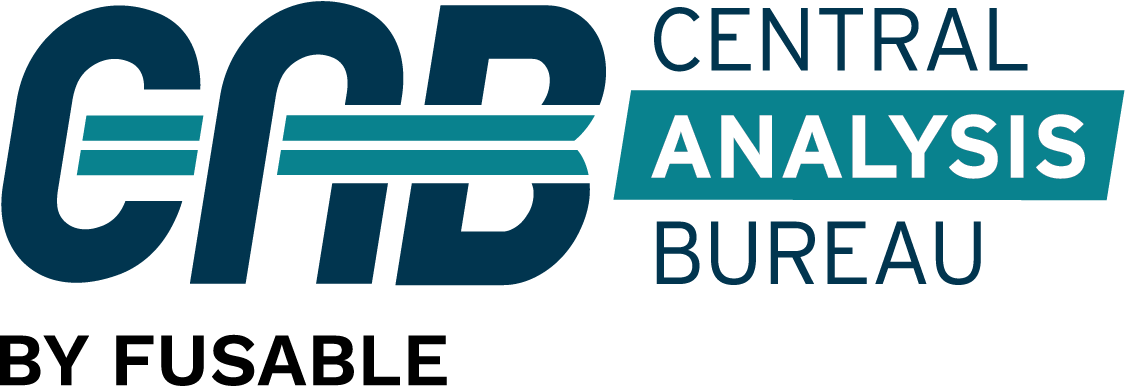Hartford Fire Ins. Co. v. 3DL Design Incorporation.
United States District Court for the District of Arizona
May 25, 2018, Decided; May 25, 2018, Filed
No. CV-17-02937-PHX-GMS
Reporter
2018 U.S. Dist. LEXIS 87849 *
Hartford Fire Insurance Company, Plaintiff, v. 3DL Design Incorporation, et al., Defendants.AIT Worldwide Logistics, Inc., Cross-Claimant, v. 3DL Design, Inc., Cross-Defendant.AIT Worldwide Logistics, Inc., Third-Party Plaintiff, v. American Linehaul Corporation, et al., Third-Party Defendants.
WO
ORDER
Pending before the Court is the Motion to Dismiss of Defendant AIT Worldwide Logistics, Inc. (Doc. 14) and the Rule 56(d) Motion of Plaintiff Hartford Fire Insurance Company (Doc. 29). For the following reasons, the Court grants in part and denies in part the Motion to Dismiss. The Court dismisses the Rule 56(d) Motion as moot.
BACKGROUND
Stainless Steel Brakes Corporation (“SSBC”) produces custom after-market breaks and often attends trade shows to display its goods to potential customers. At these trade shows, SSBC uses a custom-made display booth. In November 2016, SSBC hired 3DL Design, Inc. (“3DL”) to transport a display booth from Wisconsin to Nevada. 3DL was also hired to transport the booth from Nevada to New York, at the end of the trade show. For this transport, 3DL hired AIT Worldwide Logistics, Inc. (“AIT’) to assist with packing and transit. On November 18, 2016, the AIT trailer was involved in a fire in Navajo, Arizona, and all of SSCB’s cargo was [*3] destroyed. AIT issued a settlement check to 3DL in the amount of $2,548.50. AIT calculated this using a rate of $.50 per pound, as specified in AIT’s Contract of Carriage. 3DL accepted and cashed the check.
Hartford Fire Insurance Company (“Hartford”) is SSBC’s insurer, and according to SSBC’s insurance policy, Hartford would be subrogated to any rights that SSBC might have against a third party responsible for losses. Hartford filed suit alleging breach of contract, negligence, and breach of transportation contract (the Carmack Amendment) against Defendants 3DL and AIT. (Doc. 1). Defendant AIT moves to dismiss the Complaint, arguing that the check issued to 3DL was an accord and satisfaction to SSBC’s agent, 3DL. (Doc. 14). Hartford construes AIT’s Motion to Dismiss as a Motion for Summary Judgment, and accordingly, requests relief under Fed. R. Civ. P. 56(d) to allow more time for discovery before the Court rules on dispositive motions. (Doc. 29).
DISCUSSION
I. Legal Standard
“A Rule 12(b)(6) motion tests the legal sufficiency of a claim.” Navarro v. Block, 250 F.3d 729, 732 (9th Cir. 2001). “In deciding such a motion, all material allegations of the complaint are accepted as true, as well as all reasonable inferences to be drawn from them.” Id. However, “the tenet that a court must [*4] accept as true all of the allegations contained in a complaint is inapplicable to legal conclusions.” Ashcroft v. Iqbal, 556 U.S. 662, 678, 129 S. Ct. 1937, 173 L. Ed. 2d 868 (2009).
To survive dismissal for failure to state a claim pursuant to Rule 12(b)(6), a complaint must contain more than “labels and conclusions” or a “formulaic recitation of the elements of a cause of action”; it must contain factual allegations sufficient to “raise a right to relief above the speculative level.” Bell Atl. Corp. v. Twombly, 550 U.S. 544, 555, 127 S. Ct. 1955, 167 L. Ed. 2d 929 (2007). A plaintiff must allege sufficient facts to state a claim to relief that is plausible on its face. Iqbal, 556 U.S. at 678. “A claim has facial plausibility when the plaintiff pleads factual content that allows the court to draw the reasonable inference that the defendant is liable for the misconduct alleged.” Id. “The plausibility standard is not akin to a ‘probability requirement,’ but it asks for more than a sheer possibility that a defendant has acted unlawfully.” Id.
II. Analysis
AIT asserts that it tendered a settlement to 3DL, which 3DL accepted, constituting an accord and satisfaction of any recovery owed based on the destruction of SSBC’s cargo in transit. According to AIT, 3DL was authorized to accept this settlement on behalf of SSBC because 3DL was an agent of SSBC. In Arizona, “[a]gency is the fiduciary [*5] relationship that arises when one person (a ‘principal’) manifests assent to another person (an ‘agent’) that the agent shall act on the principal’s behalf and subject to the principal’s control, and the agent manifests assent or otherwise consents so to act.” Goodman v. Physical Resource Engineering, Inc., 229 Ariz. 25, 270 P.3d 852, 856 (Ariz. Ct. App. 2011) (quoting Restatement (Third) of Agency § 1.01). There are two forms of agency: actual and apparent. Actual authority “may be proved by direct evidence of express contract of agency between the principal and agent or by proof of facts implying such contract or the ratification thereof.” Ruesga v. Kindred Nursing Centers, L.L.C., 215 Ariz. 589, 161 P.3d 1253, 1261 (Ariz. Ct. App. 2007) (quoting Corral v. Fiduciary Bankers Life Ins. Co., 129 Ariz. 323, 630 P.2d 1055, 1058 (Ariz. Ct. App. 1981)). Apparent agency exists when “the principal has intentionally or inadvertently induced third persons to believe that such a person was its agent although no actual or express authority was conferred on him as an agent.” Curran v. Industrial Commission, 156 Ariz. 434, 752 P.2d 523, 526 (Ariz. Ct. App. 1988) (quoting Canyon State Canners v. Hooks, 74 Ariz. 70, 243 P.2d 1023, 1025 (Ariz. 1952)). An agent “may only bind a principal within the scope of his authority, actual or apparent.” Lois Grunow Memorial Clinic v. Davis, 49 Ariz. 277, 66 P.2d 238, 241 (Ariz. 1937). The “mere fact that one is found to be a general agent justifies neither the court nor jury in guessing that given acts are within the scope of his authority.” Brutinel v. Nygren, 17 Ariz. 491, 154 P. 1042, 1046 (Ariz. 1916). When a third party deals with a known agent, “he must exercise due caution in ascertaining whether the agent is acting within the scope of his authority if he wishes to bind the principal.” [*6] Lois Grunow Memorial Clinic, 66 P.2d at 242. Therefore, the “third party bears the burden of showing that its reliance on the agent’s apparent authority was reasonable.” Best Choice Fund, LLC v. Low & Childers, P.C., 228 Ariz. 502, 269 P.3d 678, 688 (Ariz. Ct. App. 2011). Therefore, “whether agency exists is [generally] a question of fact.” Goodman, 270 P.3d at 856.
There is minimal discussion of the scope of 3DL’s authority (whether actual or apparent) in the Complaint. The Complaint alleges that 3DL was required to “hire, retain[ ], recommend, and/or entrust the Cargo to carriers and/or agents that were reputable, reliable, safe, [and] knowledgeable[,]” to “ensure that the motor carrier it retained and/or recommended contained all the appropriate and necessary information about the Cargo[,]” and to “ensure that its client, SSBC, was properly protected in the event of damage to the Cargo during their transport.” (Doc. 1, ¶¶ 32-34). AIT argues that 3DL had authority to enter into contracts for shipment of SSBC’s cargo, and so 3DL necessarily had authority to resolve subsequent cargo claims. This assertion as to the scope of 3DL’s authority requires an analysis of facts outside of the Complaint. The question of whether AIT exercised due caution in ascertaining whether 3DL had authority to accept a settlement on behalf of SSBC is also a question of [*7] fact that cannot be determined based on the pleadings alone. Because the issue of SSBC and 3DL’s principal-agent relationship is a factual question that requires information outside of the pleadings to answer, the Court cannot grant AIT’s Motion to Dismiss at this stage.
In the context of a maritime transportation dispute, the Supreme Court held that “[w]hen an intermediary contracts with a carrier to transport goods, the cargo owner’s recovery against the carrier is limited by the liability limitation to which the intermediary and carrier agreed.” Norfolk Southern Railway Co. v. Kirby, 543 U.S. 14, 33, 125 S. Ct. 385, 160 L. Ed. 2d 283 (2004). Therefore, “intermediaries, entrusted with goods, are ‘agents’ only in their ability to contract for liability limitations with carriers downstream.” Id. at 34. Kirby was based on maritime law, but other circuits have extended the rule beyond just maritime transportation. The Eleventh Circuit, for example, concluded that “Kirby’s teaching is not limited to maritime law. Kirby expressly derived its holding from . . . a non-maritime case. Furthermore, the principles of fairness and efficiency animating the Kirby rule are not unique to the maritime context. . . . [C]ontracts for carriage on land as well as sea may involve extended chains of parties [*8] and agreements. Thus the benefits of allowing carriers to rely on limitations of liability negotiated by intermediaries are equally as great here as under maritime law.” Werner Enterprises, Inc. v. Westwind Maritime Intern., Inc., 554 F.3d 1319, 1324-25 (11th Cir. 2009). While 3DL, as the intermediary, may have had the authority to contract for limited liability with the downstream carrier, AIT, it does not necessarily follow that 3DL had the authority to accept settlement with AIT on behalf of SSBC. This question cannot be resolved based solely on the pleadings.
Hartford does, however, agree that the state law negligence claims are not appropriate. Both AIT and Hartford agree that the Carmack Amendment, 49 U.S.C. § 14706, governs the dispute and preempts state law claims. See Hughes Aircraft Co. v. North American Van Lines, Inc., 970 F.2d 609, 613 (9th Cir. 1992) (holding the Carmack Amendment “established a uniform national liability policy for interstate carriers” and preempts “any state common law action” against a common carrier or a contract carrier). The Court grants the motion to dismiss Count Two as to Defendant AIT.1
CONCLUSION
Defendant AIT’s Motion to Dismiss is based on its argument that a settlement payment to Defendant 3DL constituted proper accord and satisfaction that resolved all claims against AIT. Without factual development, the Court cannot determine whether 3DL was entitled to act as SSBC’s agent [*9] in accepting a settlement from AIT. Because AIT and Hartford agree that the federal Carmack Amendment controls the case and preempts state law, the Court grants AIT’s Motion to Dismiss Count Two.
IT IS THEREFORE ORDERED that the Motion to Dismiss of Defendant AIT (Doc. 14) is granted in part and denied in part.
IT IS FURTHER ORDERED that the Rule 56(d) Motion (Doc. 29) of Plaintiff Hartford is dismissed as moot.
Dated this 25th day of May, 2018.
/s/ G. Murray Snow
Honorable G. Murray Snow
United States District Judge

